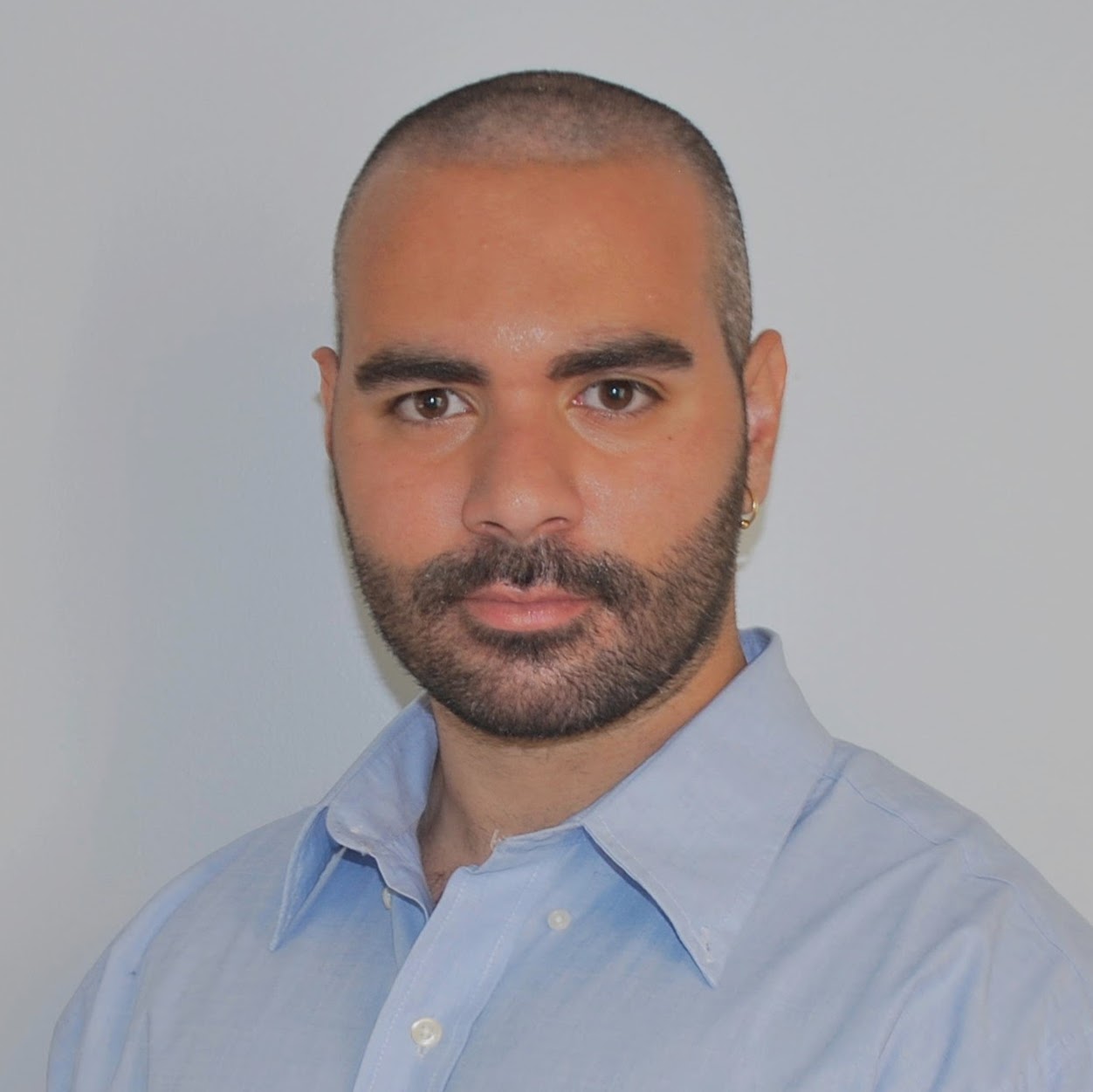About me, my background & experiences
I am a scientist, in the field of genetics. I quantify the molecular and cellular traits of heritability.
I started in Lebanon. A country historically known for its cedar trees. With 75 mentions in the old testament or the memorable use of cedars at the grave-site of one of the fathers of modern genetics, the American Luther Burban. His last wish was to be buried under a cedar from Lebanon.
After three years in Lebanon, I finished my bachelor studies centralized around behavioural genetics & parasitology. In 2003, when I started university, there were no genetics-only curriculum. My studies introduced me to parasitology and human genetics. It was all theory studies, few lab applications, except microscope classification of tissues and cell abnormalities. Later years of university, I was working as a waiter, attending classes, and being an assistant in a private lab for blood and human diseases.
In 2006, I moved to France. There, I focused on bacteria genetics and in 2008 I worked on the mechanisms of the human immune system. First, I spent my time transforming bacteria into new antibiotic resistant strains. Accordingly, I reconstruct vectors containing special genes for recombination enzymes. Once inside the bacteria, these enzymes repair native pseudogenes that carry antibiotic resistance activities. Engineering a method to introduce the vector and trigger genomic repairs at specific sites were to be optimized. The next year in France, I worked with people who needed help understanding affinities of special transcription factors to specific genomic sites, in the context of glioblastoma and breast tumors. I investigated and discovered affinity hotspots using in silico and molecular genetics approaches. It was that year that I was first introduced to the significance of computational biology.
Our aims were mostly reproducibility and significance rather than innovative discoveries. My masters in France helped me appreciate the competitiveness of the field. During these past five years, genetics were becoming less of a cryptic science and more of a toolbox to manipulate and assess cell behavior. It was at the end of the year 2008, during the US recession, that I started my Ph.D studies in Quebec, Canada.
My belief is that contemporary biologists should be proficient in both computer and molecular sciences. Many candidates in my institute were focusing on either the molecular or the computational biology parts, separately. I was invested in both. Invertebrate larvae were the focus of my Ph.D studies. I discovered different sets of genes that regulate cell growth and mortality, at different time points, through various pathways. Which molecules were involved in the development or destruction of tissues. Which interactions between genes were responsible of high immune stress during development, when the diet was rich in pro-inflammatory omegas.
I had two options, either I build a reputation as a molecular biologist working with cells and qualify their response. Or, invest in advanced skills in computational biology. The work brought me close to the best scientists that investigated development of species. They however were in crucial need of the tools to investigate the precise interaction of genes. Computational sciences were applied mainly in business and finance. People’s greed, during that period and across the world, paid off. We had in 2010, a toolbox of many methods in statistics, mathematics, and computer sciences. Few laboratories worldwide had the precognition that biology and computer science would become a single field.
Since 2013 I started developing new techniques in bioinformatics and computational statistics applied to genetics. I trained my self in everything data mining and machine learning. Scientists loved the effectiveness of the applications used, admired their developers, but feared their complexity. The new field of bioinformatics was gaining traction.
Post 2010, big players came into the pictures. Biotech start-ups and drug companies got heavily invested in sequencing technologies. They promoted the new approach of genome-wide applications. Focusing only on a small size of the genome, that is, some ten most significant genes, was an emerging effective concept in gene discovery. During that time CRISPR gene editing was being introduced to validate these genes in downstream trials.
I finished my Ph.D and moved to the US where I worked on brain diseases and host-parasite interactions. I used bioinformatics and machine learning to unfold genetic mechanisms helpful in designing preventive policies. My work involved Parkinson’s disease and trade-offs between aggressiveness and adaptation of virulent pathogens. At that time a new artificial intelligence field was being developed to study animal behavior, heredity, and few applications in genetics. Machine learning was even more complex, a black box of statistics.
Now, its 2018, more than a decade after leaving Lebanon. I develop machine learning and bioinformatics techniques to investigate genetic cues across many species. My designs help laboratories discover the intricate gene networks in disease mechanisms. The process is far from being straightforward. I am left struggling with scientists who take shortcuts, I have felt the defects of such applications. Mostly, I am a tall bearded man walking amidst a science that still fear all things new.
email: slei[dot]bass[at]gmail.com
